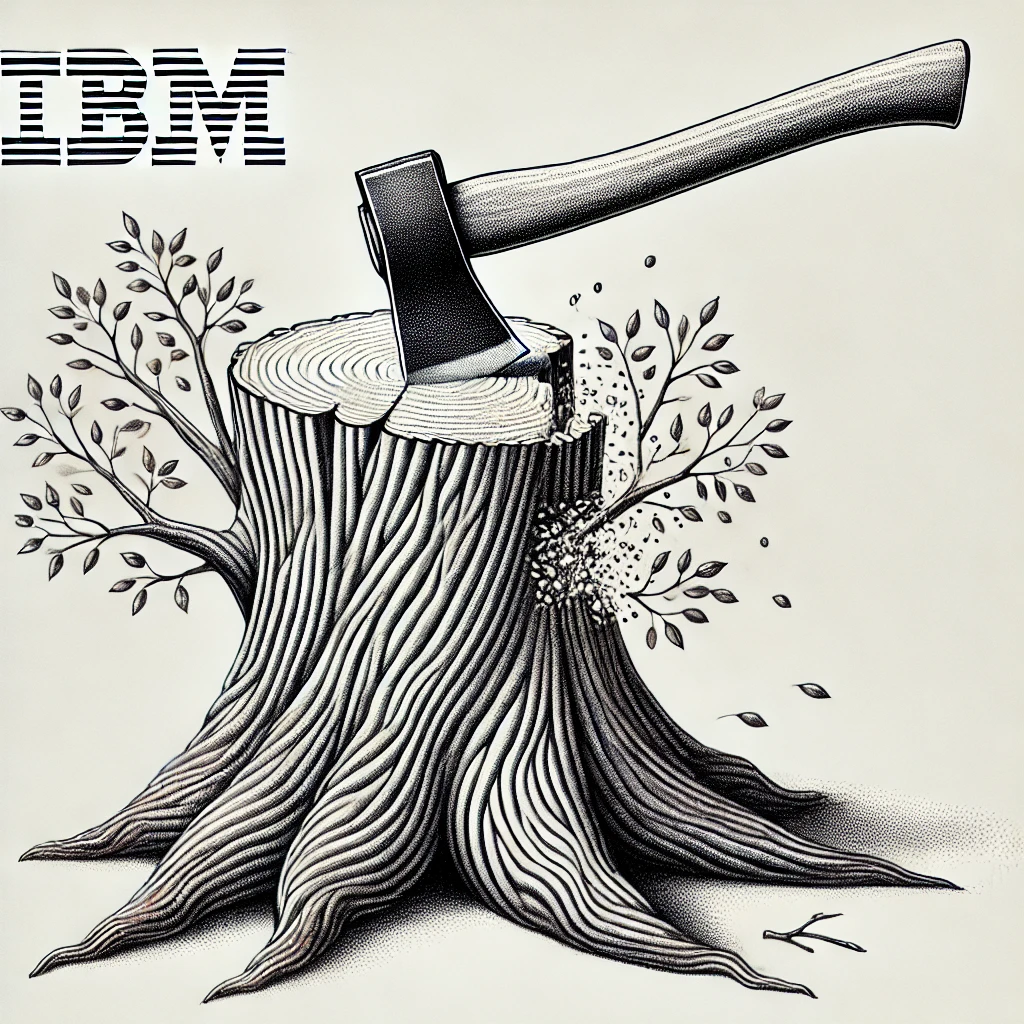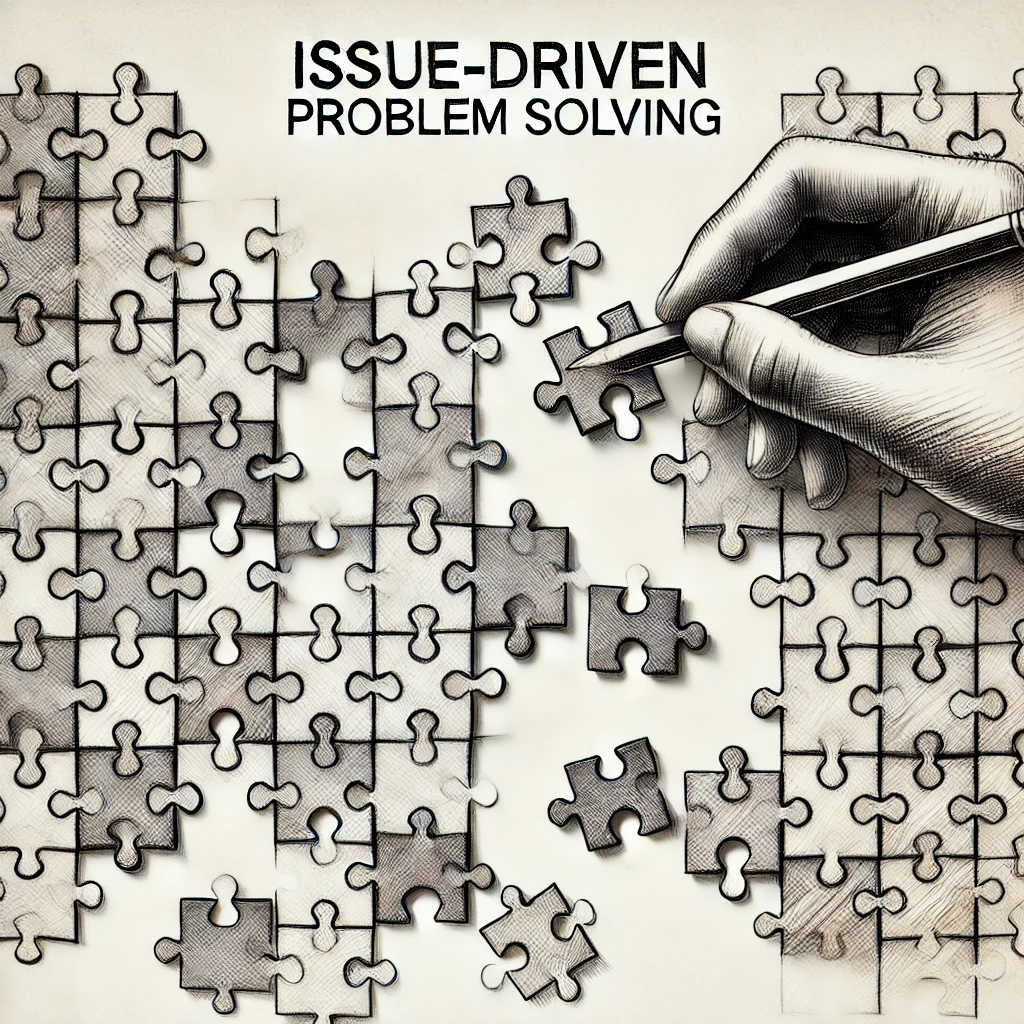
Introduction
In an era of rapid technological advancement and shifting market demands, business leaders face more challenges than ever before. From navigating digital disruption to meeting evolving customer expectations, the pressure to deliver results can lead to hasty decision-making. However, when it comes to managing a workforce, a methodical approach to problem-solving is essential. Failure to fully understand and address underlying issues can result in decisions that not only fail to solve the problem but also create new ones, costing the organisation dearly.
This article explores the importance of a comprehensive approach to problem-solving, highlighting evidence-based methods and drawing on real-world examples where poor decision-making led to significant workforce issues. By understanding these pitfalls, leaders can avoid similar mistakes and build stronger, more resilient organisations.
The Risks of Rushed and Narrow Problem-Solving
When leaders rush to solve problems without fully understanding the root causes, they often fall prey to cognitive biases and narrow frames of reference. This can result in decisions that are based on incomplete information or faulty assumptions, ultimately leading to negative outcomes.

Consider the case of Uber, which allegedly developed a highly competitive and aggressive work culture under the leadership of former CEO Travis Kalanick. It has been claimed that Uber’s meteoric rise was driven by a relentless focus on growth, often at the expense of ethics and employee well-being. The decision to prioritise rapid expansion and market dominance led to the fostering of a toxic workplace environment, characterised by systemic issues such as sexual harassment and discrimination.
Confirmation Bias played a significant role in Uber's downfall. Kalanick and his leadership team were so focused on the company’s growth trajectory that they overlooked—or even dismissed—evidence of the growing cultural problems within the organisation. This bias, combined with a narrow frame of reference that emphasised short-term success over long-term sustainability, ultimately led to public scandals, a loss of top talent, and Kalanick’s forced resignation.

Similarly, Wells Fargo fell into the trap of incentive-driven decision-making without considering the broader implications for its workforce. In an effort to meet aggressive sales targets, Wells Fargo leadership allegedly implemented a system that incentivised employees to cross-sell products to customers. However, this system was poorly designed and lacked adequate oversight, leading to widespread unethical behavior, such as the creation of millions of unauthorised accounts.
The decision-making process at Wells Fargo was potentially clouded by anchoring bias, where the leadership became fixated on meeting sales goals without adequately considering the risks and potential negative outcomes. This narrow focus on metrics and performance targets created a culture where employees felt pressured to engage in unethical practices to avoid job loss or achieve bonuses. The result was a massive scandal that damaged the bank’s reputation, led to billions in fines, and caused significant turnover as demoralised employees left the company.
IBM’s approach to workforce restructuring provides another cautionary tale. Faced with declining market share and the need to pivot from hardware to cloud computing and AI, IBM decided to cut costs through large-scale layoffs, which some are claiming targeted older employees. The decision-making process was supposedly driven by a short-term focus on reducing expenses, but it failed to account for the long-term impact on the company’s intellectual capital and morale.

Whether or not age was a conscious determinant in selecting workers for redundancy, IBM’s leadership likely suffered from overconfidence bias, believing that the company could successfully transform its business while sacrificing experienced employees in favor of a less expensive workforce. Regardless of intent, this decision backfired, as it led to numerous age discrimination lawsuits, loss of valuable knowledge and expertise, and a tarnished reputation as an employer. The resulting disruption within the company hindered IBM’s ability to execute its strategic pivot effectively, contributing to its struggles in keeping pace with competitors.
Evidence-Based Approaches to Effective Problem Solving
Leaders can avoid the pitfalls illustrated by Uber, Wells Fargo, and IBM, by adopting a structured, evidence-based approach to problem-solving. Here are three key methodologies that can help organisations address complex workforce challenges more effectively:
1. Hypothesis-Driven Approach

- What it is: This approach involves formulating clear, testable hypotheses about the nature of the problem and then using data to validate or refute these hypotheses.
- How to use it: For instance, if a company is facing high employee turnover, a hypothesis-driven approach might involve identifying potential causes—such as lack of career development opportunities or poor management practices—and testing these assumptions through surveys, exit interviews, and performance data.
- Benefits: By relying on evidence rather than assumptions, this method helps ensure that solutions are targeted and effective, reducing the risk of costly missteps.
2. Issue-Driven Problem Solving

- What it is: This method breaks down complex problems into smaller, more manageable issues, each of which is analysed and addressed individually.
- How to use it: In a situation where an organisation is struggling with low employee engagement, an issue-driven approach might involve examining various factors such as workplace culture, compensation, leadership, and work-life balance. By tackling each issue separately, the organisation can develop a comprehensive strategy that addresses all relevant factors.
- Benefit: This approach helps prevent oversimplification of complex problems and ensures that all contributing factors are considered in the solution.
3. Design Thinking

- What it is: Design thinking is a human-centered approach that emphasises empathy with end-users, iterative prototyping, and creative problem-solving.
- How to use it: For example, a company looking to improve employee satisfaction might use design thinking to engage with employees directly, understand their needs and pain points, and co-create solutions through collaborative workshops and feedback loops.
- Benefits: Design thinking fosters innovation and ensures that solutions are closely aligned with the needs and expectations of the workforce, leading to more sustainable outcomes.
Lessons Learned: Avoiding the Pitfalls of Poor Decision-Making
The cases of Uber, Wells Fargo, and IBM highlight the dangers of making decisions without fully understanding the underlying issues or considering the long-term impact on the workforce. These companies fell into common cognitive traps—such as confirmation bias, anchoring bias, and overconfidence bias—that clouded their judgment and led to costly mistakes.

By adopting evidence-based problem-solving approaches, organisations can avoid these pitfalls and make more informed, strategic decisions. Whether it’s using a hypothesis-driven approach to test assumptions, breaking down complex issues into manageable parts, or applying design thinking to develop user-centered solutions, a methodical approach to problem-solving is essential for building a high-performing workforce.
At Quantimatica, we specialise in helping business leaders develop practical, fit-for-purpose strategies that deliver measurable results. With over 20 years of experience in unpacking and resolving complex workplace problems, we are committed to helping you build a resilient workforce ready to meet the demands of the future. If you’re ready to take a more methodical approach to problem-solving, we invite you to contact us to discuss how we can help.
References
- Tversky, A., & Kahneman, D. (1974). "Judgment under Uncertainty: Heuristics and Biases." Science, 185(4157), 1124-1131.
- Brown, T. (2009). Change by Design: How Design Thinking Transforms Organizations and Inspires Innovation. HarperBusiness.
- Lovallo, D., & Sibony, O. (2010). "The Case for Behavioral Strategy." McKinsey Quarterly.
- Uber’s Toxic Work Culture - The Verge, 2020.
- Wells Fargo Sales Scandal - NPR, 2016.
- IBM Age Discrimination Lawsuits - Forbes, 2022.